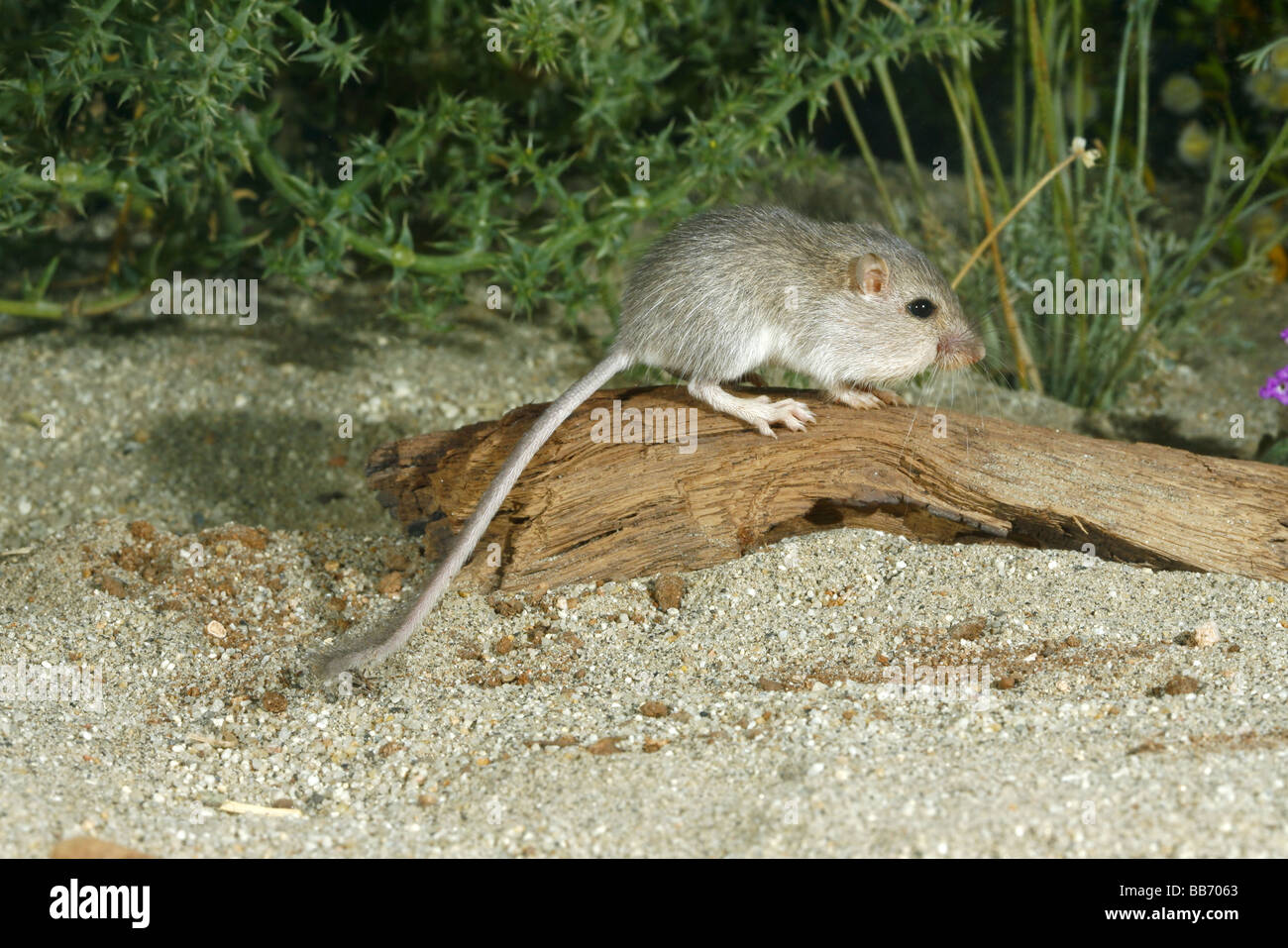

The coat color varies from light to dark, depending on species and habitat, often matching the soil color on which they live.Īdults are 1.7 to 14.6 inches (4.3 to 37 centimeters) long and weigh between 0.2 and 6.9 ounces (5 and 195 grams). Kangaroo rats and mice have soft and silky fur, while pocket mice have coats that range from silky to spiny. Kangaroo rats and mice have good hearing. Pocket mice have shorter, less noticeable tails. Kangaroo rats and mice have long tails with white tips or tufts on the end, along with relatively short front limbs. Pocket mice use all four feet while walking, while kangaroo rats and mice use only their rear two feet for walking. They have fairly large eyes and short, rounded ears. The pouches open in front of the mouth and go back along the shoulders. Pocket mice, kangaroo rats, and kangaroo mice, sometimes called heteromyids (members of the family Heteromyidae), are small- to medium-sized rodents with external, fur-lined cheek pouches. GIANT KANGAROO RAT ( Dipodomys ingens): SPECIES ACCOUNTS Rock pocket mouse, profile from the Smithsonian Natural History Museum.POCKET MICE, KANGAROO RATS, AND KANGAROO MICE: Heteromyidae SAN JOAQUIN POCKET MOUSE ( Perognathus inornatus): SPECIES ACCOUNTS.

Desert Mice Offer New Lessons on Survival of the Fittest, news article from the University of Arizona."Different genes underlie adaptive melanism in different populations of rock pocket mice". "Ecological genetics of adaptive color polymorphism in pocket mice: geographic variation in selected and neutral genes". ^ Hoekstra HE, Drumm KE, Nachman MW (June 2004)."The genetic basis of adaptive melanism in pocket mice". ^ Nachman MW, Hoekstra HE, D'Agostino SL (April 2003).^ "ITIS Standard Report Page: Perognathus intermedius".old-form url Database entry includes a brief justification of why this species is of least concern Changes in the Mc1r gene sequence are not responsible for the colour difference in the mice sampled from New Mexico, however, leading the researchers to conclude that the almost identical dark coat colours developed multiple times in rock pocket mice, an example of convergent evolution. Thus melanism in rock pocket mice is considered a fabulous example of adaptation by natural selection. Subsequent studies demonstrated that there is strong selective pressure maintaining Mc1r allele and coat colour frequencies across the short geographic distances between the light- and dark-coloured rock islands. In the Pinacate mice, they discovered a perfect association between different versions of the Melanocortin-1 receptor ( Mc41r6) gene and coat colour. In 2003, scientists sampled DNA from both light- and dark-coloured rock pocket mice from areas in Pinacate Peaks, Mexico and New Mexico, USA. However, darker coloured rock pocket mice are found living amid black, basaltic rock formations. Most rock pocket mouse populations have light, tawny fur consistent with the colour of the desert rocks on which they live. Historically, rock pocket mice have been subdivided into as many as ten subspecies (Benson 1933 Dice and Blossom 1937) based on geographical distribution and coat colour. As with most pocket mice, the tail is longer than the body (~10 cm). The breeding season spans a few months, starting in February or March, and the litter size is typically between three and six.


It eats mainly plant seeds and makes small burrows in soil close to or under rocks to evade owls, its main predator. Found mainly in rocky outcrops in the deserts of the southwestern United States and Mexico, the rock pocket mouse is medium-sized (length ~18 cm, weight ~12–18g) and nocturnal.


 0 kommentar(er)
0 kommentar(er)
